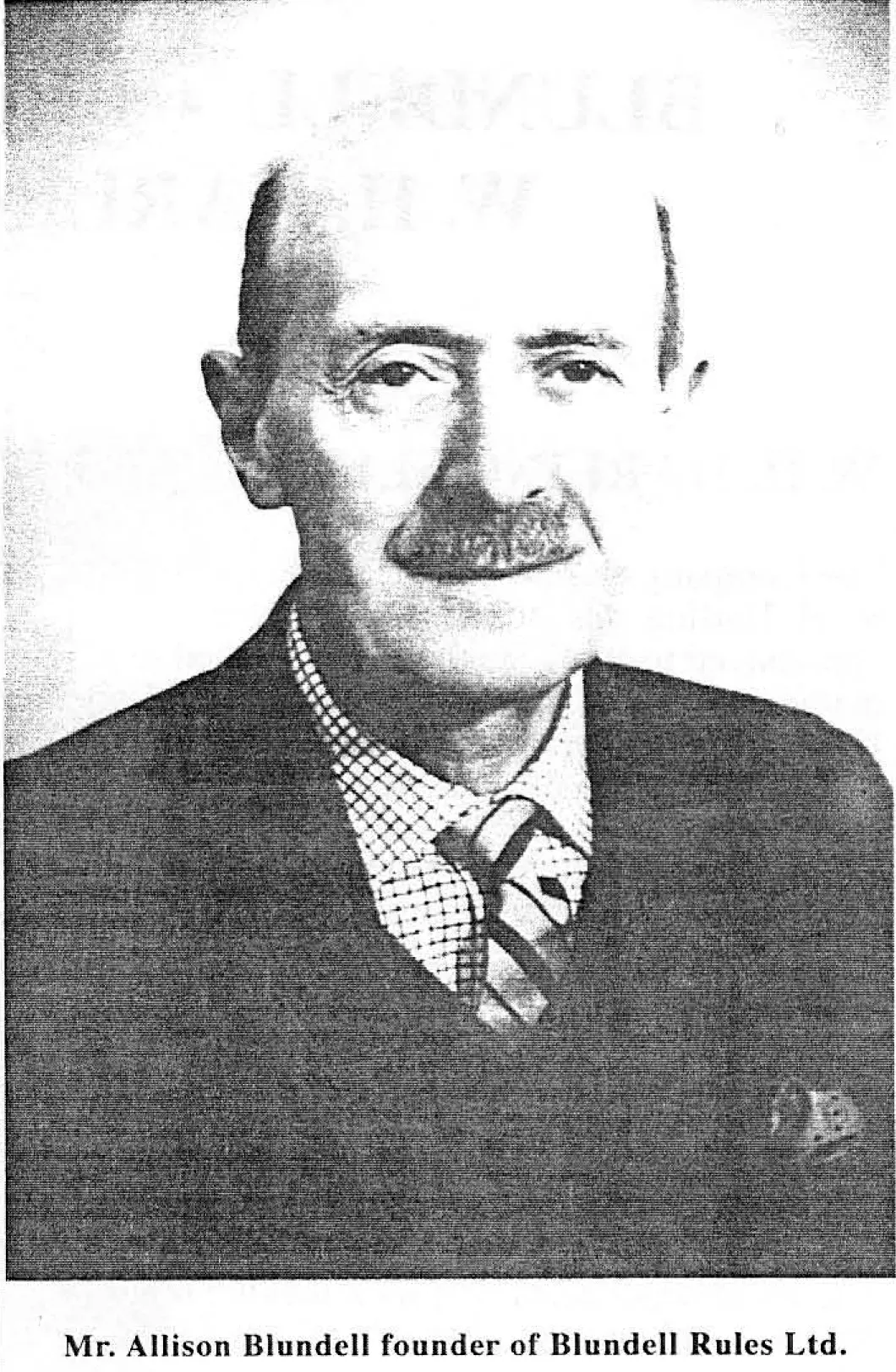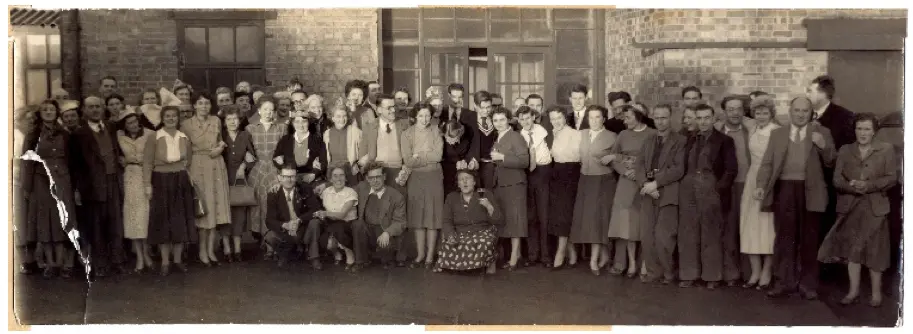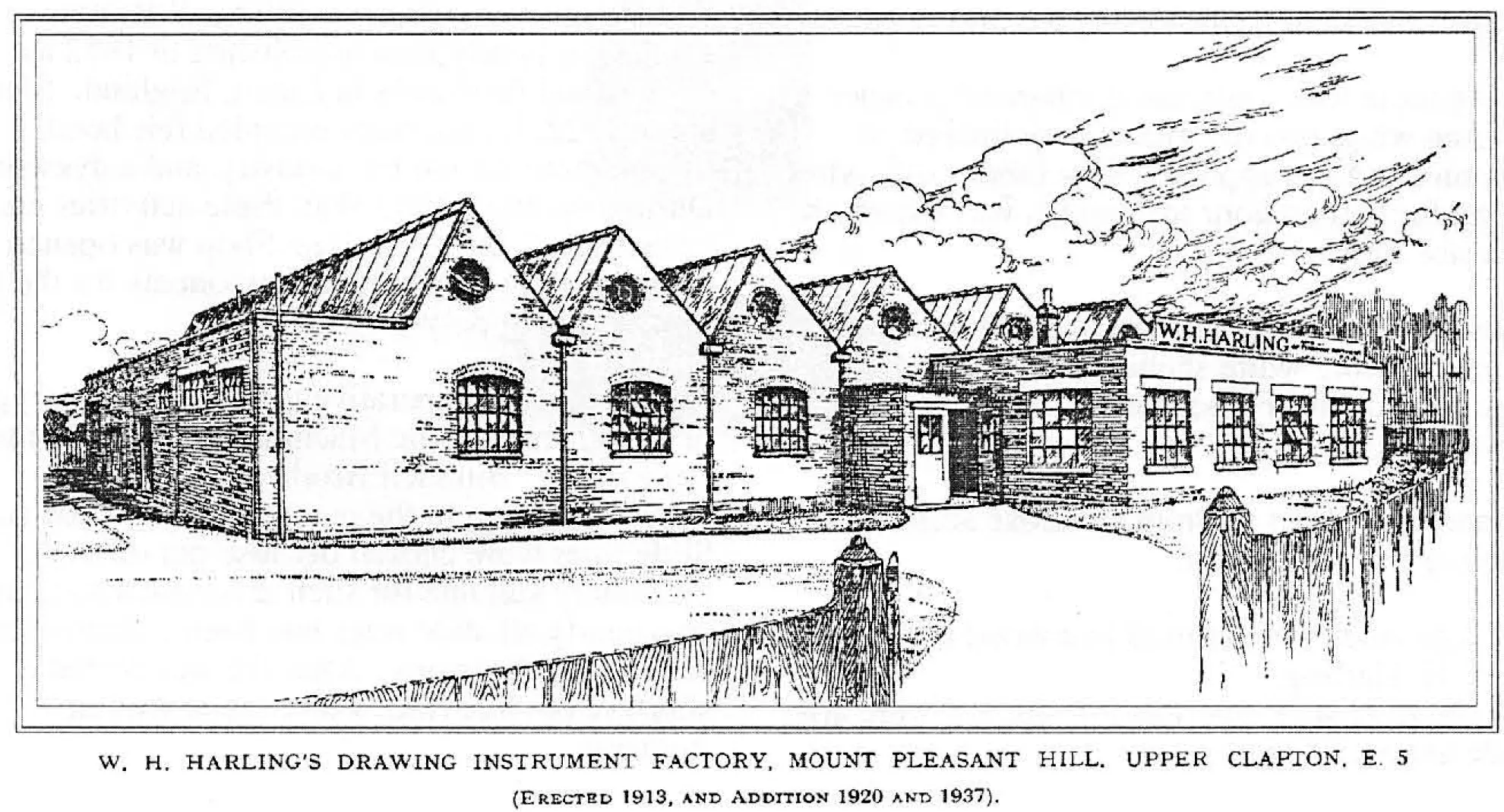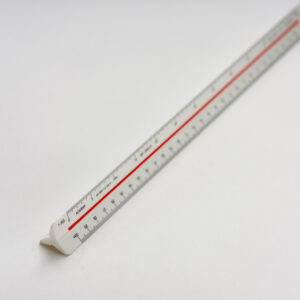When most people hear the name Blundell Harling, the first product that comes to mind is their ruler. For good reason too, these British-made rulers have been a staple in classrooms, studios, and workshops for decades. They’re designed with precision in mind, making them more than just another piece of stationery.


Why Blundell Harling rulers stand out
Unlike cheap throwaway rulers, a Blundell Harling ruler is made to last. The graduations are sharp and easy to read, the materials are sturdy, and the accuracy is dependable. Whether you’re a student learning geometry, a designer working on layouts, or an engineer checking dimensions, you’ll find the same thing: these rulers do the job properly.
You’ll find them in:
- Clear acrylic – perfect for everyday use in schools and offices.
- Scale rulers – essential for architects, engineers and technical drawing.
- Triangular rulers – compact, durable, and great for switching between drawing scales.
Beyond the Ruler: The Full Drawing Range
While rulers might be the best-known product, Blundell Harling’s range goes much further. They’ve built a reputation on producing drawing equipment that’s simple, accurate and reliable:
- Adjustable set squares – allowing precise angles that can be altered to suit different tasks.
- Protractors – clear, durable, and designed for easy measurement of angles.
- Templates and stencils – covering shapes, symbols, and technical drawing needs.
- Flexi curves – a clever tool for drawing smooth curves and irregular shapes without guesswork.
Together, these products cover almost everything a student, draughtsman, architect, or hobbyist might need for drawing and design.
A British manufacturing story

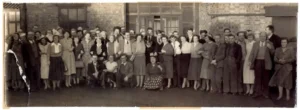

Blundell Harling began in Dorset in the 1940s and has remained a trusted name in drawing equipment ever since. Their products have been part of countless school geometry sets and professional drawing kits, bridging the gap between education and industry. In a market now dominated by disposable imports, their commitment to quality and local manufacturing sets them apart.
